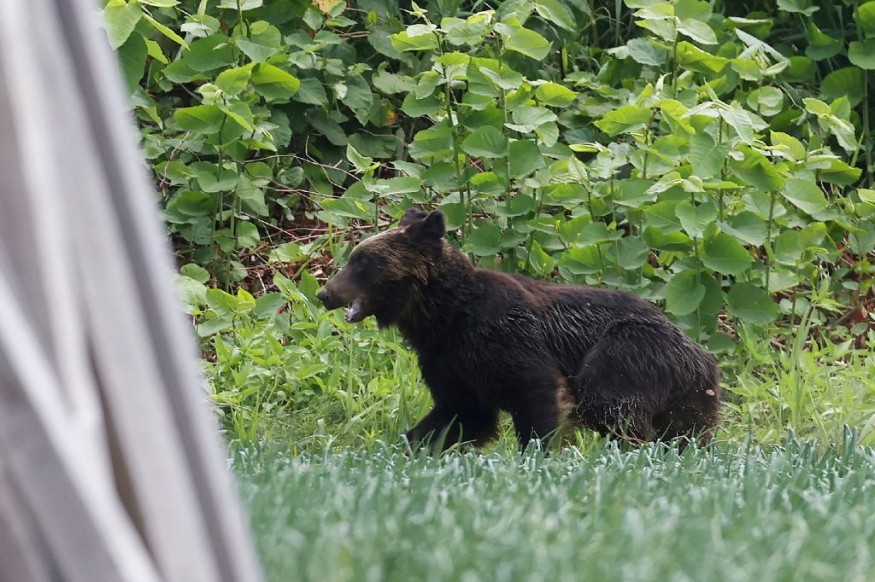The body of a missing Japanese student was discovered alongside the carcass of a bear that most likely killed him.
The bear is linked to a series of other attacks in the area and is part of a nationwide pattern of increased bear attacks this year.

Suspected Bear Attacks
On November 2, police discovered human remains on Mount Daisengen in Hokkaido, near Fukushima.
DNA research indicated that the remains matched to Kanato Yanaike, a 22-year-old university student who went missing while trekking on the mountain on Oct. 29.
A brown bear (Ursus arctos) carcass was also located near his body.
A postmortem examination of Yaniake's remains found that the cause of death was hemorrhagic shock from significant bleeding, implying that the bear most likely killed him.
Scientists from the Hokkaido Research Organization will study the bear's stomach contents to see if they can learn more about its death.
The bodies were discovered near where three other guys were attacked by a brown bear on October 31. Two of the guys were critically hurt, but the trio was able to fight off the bear with a knife and chased it away.
Local authorities are now looking into the likelihood that both attacks, as well as other recent attacks in the vicinity, were carried out by the same bear.
Japan is currently experiencing its worst bear attack year in almost a century.
At least 158 injuries and two deaths have been documented since April, when the first assault was reported. Until this year, no bear attack fatalities had been recorded in the country in over a decade.
There have been at least seven more non-fatal bear assaults in Hokkaido this year.
A fisher was likely murdered and beheaded by a brown bear in April in Lake Shumarinai, Hokkaido.
This year has also seen a number of rare bear assaults in other parts of the world.
A mother and her baby child were attacked and killed outside of a school in Alaska in January, the first fatal polar bear attack in more than 30 years.
A grizzly bear killed a woman on a popular hiking trail near Yellowstone National Park in July.
Struggle To Find Food
The rising number of bear attack incidents is being attributed to a combination of bumper crops of acorns and beechnuts last year, which resulted in the presence of larger bear cubs, and a shortage of the dietary staples this year, which is forcing more animals to venture into populated areas in search of food before they go into hibernation in early December.
Conservationists called for more actions to be taken to maintain an adequate supply of acorns and other edibles.
People who had strayed into the forest to scavenge for wild vegetables and herbs, or unwary hikers, were virtually always involved in bear encounters in the past.
However, the blurring of once-distinct borders between the bears' woodland homes and depopulated communities has resulted in increasingly frequent contact with humans in urban areas.
Possible solutions include creating secure feeding locations to keep the animals from wandering into populated areas and leaving acorn supplies on higher ground.
Japan has a growing bear population as a result of conservation measures to replenish the previously declining population.
The number of brown bears in Hokkaido is around 11,700, which is more than quadruple the amount in 1990.
Related Article : Japan Plans to Use Rock Music to Fend Off Aggressive Bear Attacks
© 2026 NatureWorldNews.com All rights reserved. Do not reproduce without permission.





